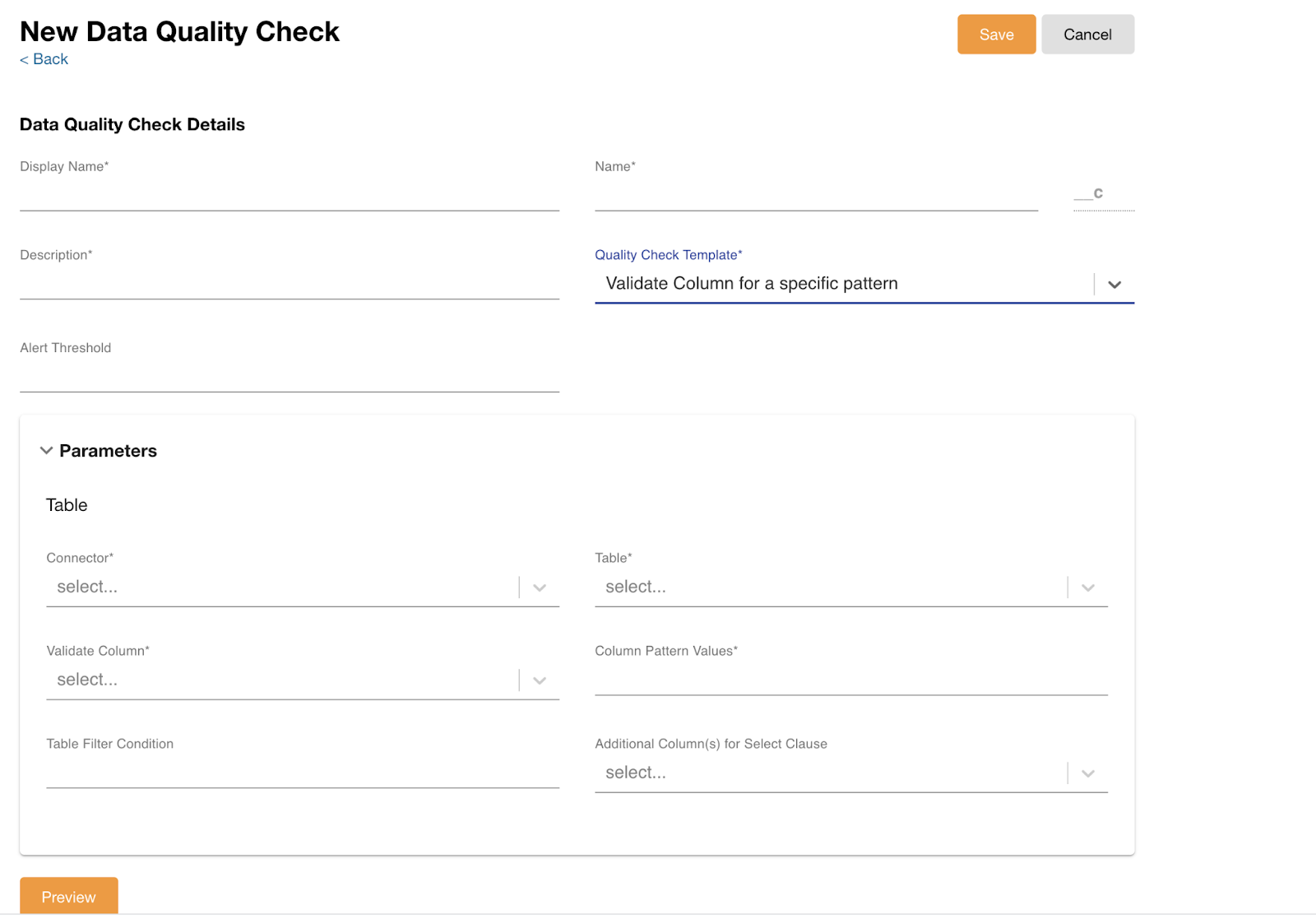What's New in 21R1.2
The Nitro 21R1.2 release includes several new features.
Our release notes offer brief, high-level descriptions of enhancements and new features. Configuration is available by selecting the feature name.
Features
Platform
Nitro Workspaces provides data analysts and scientists a schema space in the Nitro database for SQL-based experimentation, exploration, and general data analysis. Data scientists can upload files without pre-existing table definitions and have permissions to write back their analysis as the owner of their space.

Data Quality
The Outlier data validation check now allows admins to define the time frame in determining historical data versus incremental data, instead of using a fixed 30-day period from the current date to partition historical data and incremental data. For example, if the loading frequency for the data is once every three months, and the incremental data qualifier loads data greater than today's date minus 30 days, there might not be anything that qualifies as incremental. In that case the quality check would not return violations, which is misleading. Admins can apply this rule to specific sections of the data using an optional filter condition.
Performing Validation Checks on a Column
A new data quality template, Validate Column for a specific pattern, allows admins to perform pattern validation checks on a specific table column to verify that data follows a prescribed pattern. For example, Nitro can ensure phone numbers, zip-codes, email addresses, and composite key validations are formatted correctly.

Analytics
Customer Sales Repository (CSR)
A new Customer Sales Repository table in the global ODS contains data from multiple inbound sales data connectors. In this normalized structure, global facts are built without a need for a specific sales data provider. Initial mappings are added from ICS 867 data and Symphony Non-Retail Sales. Nitro Admin Console users can run a ‘Load Global ODS’ job to push data from source connectors into the global ODS table.

